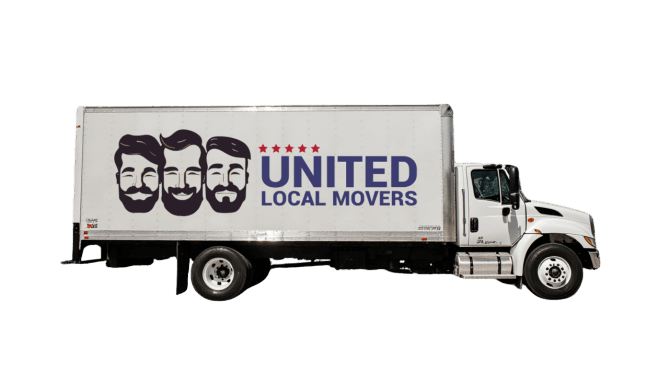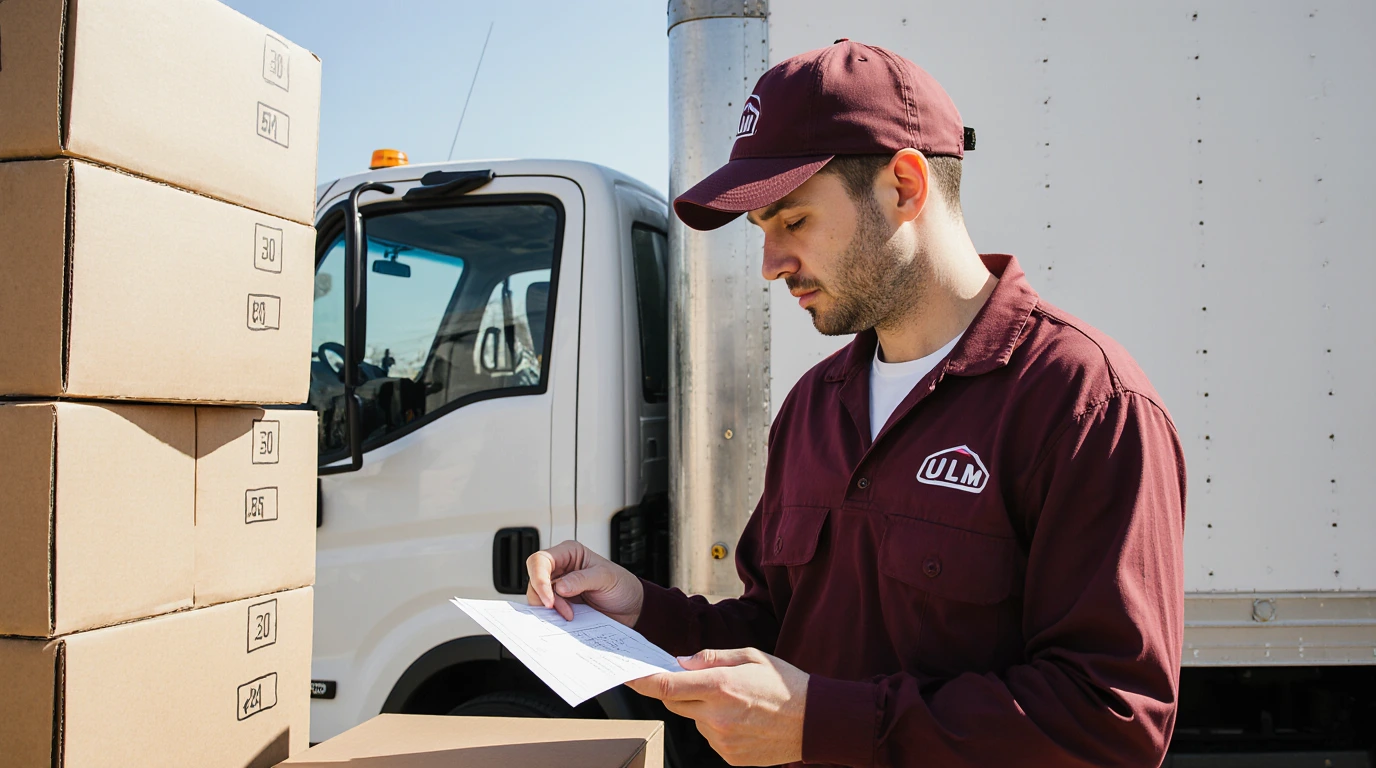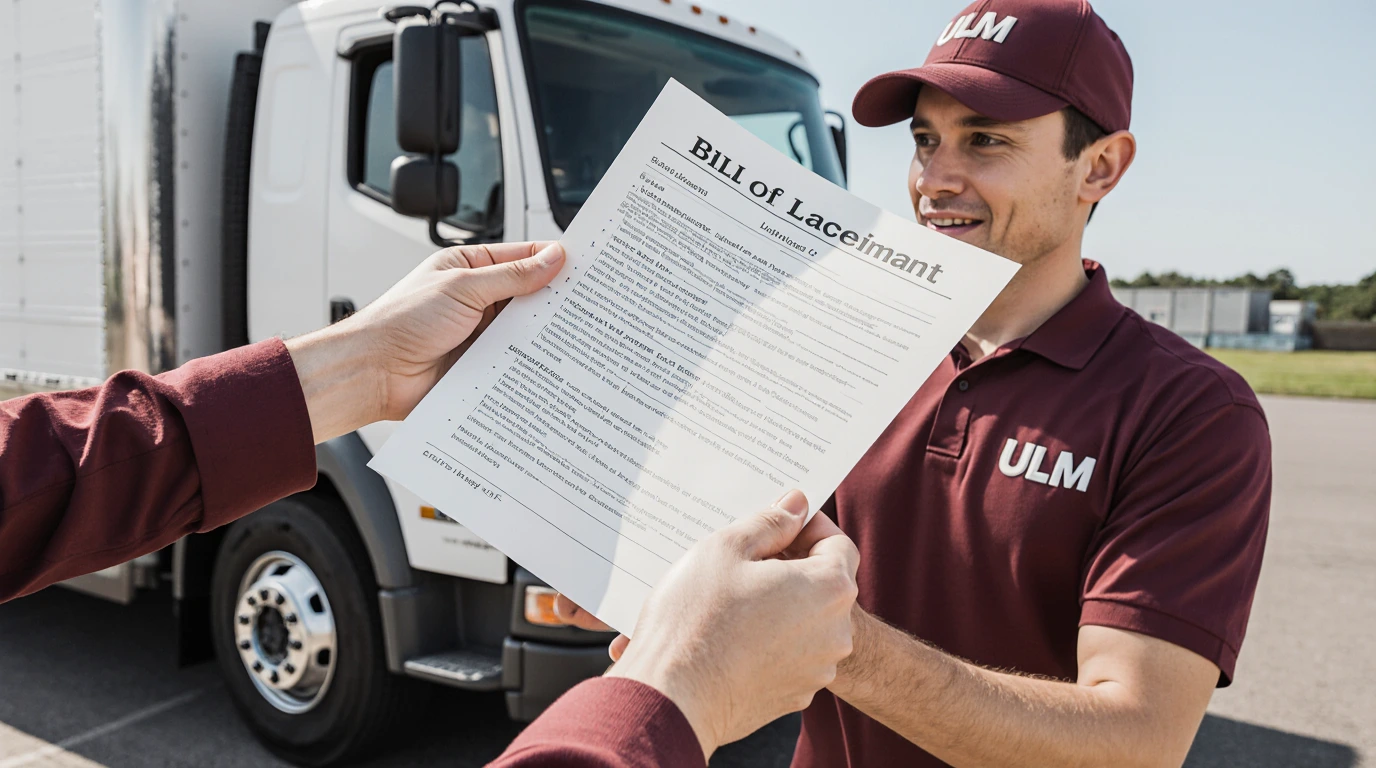When you hire a moving company, you’re not just signing a contract — you’re also putting your trust in the paperwork that backs it up. Two documents play a crucial role in making your move transparent and legally protected: the inventory list and the weight tickets. They’re more than just checklists and receipts — they determine what gets moved, how much you pay, and how you file a claim if something goes wrong.
Understanding how these documents work can save you from unexpected costs, disputes, and stress down the line. Let’s break them down clearly and practically.
Why Inventory Lists and Weight Tickets Matter
Moving quotes, estimates, and final bills all rely on the inventory and weight of your shipment. These two pieces of documentation act as a safeguard for both the customer and the moving company. They:
- Establish exactly what was picked up and delivered
- Determine shipping weight (which affects cost)
- Serve as proof for claims in case of loss or damage
- Help ensure accurate, transparent billing
Interstate movers regulated by the Federal Motor Carrier Safety Administration (FMCSA) are legally required to provide these documents to the customer.
What an Inventory List Is
The inventory list is a detailed, room-by-room record of every item that the movers load onto the truck. Each piece of furniture, appliance, or box is tagged and logged with a unique number. This ensures nothing gets lost along the way — and if it does, there’s a record to fall back on.
What It Typically Includes:
- Item description: e.g., “sofa 3-seat,” “TV 55-inch,” “dining chair.”
- Tag or sticker number: Each item is labeled for tracking.
- Condition notes: Scratches, dents, wear, or pre-existing damage.
- Quantity: Number of similar items.
- Special instructions: Fragile, crated, or specialty handling.
This list becomes part of your official Bill of Lading and serves as the baseline for your move. You’ll be asked to review and sign it at pickup and again at delivery.
How Movers Create an Inventory List
On moving day, the crew will walk through your home and tag each item. A team member will note the item’s condition and log it on a sheet or tablet. Boxes may be listed individually or grouped by type (e.g., “10 small boxes – kitchen”).
As they load the truck, each item is checked off. This process ensures nothing is left behind and creates accountability for both parties.
Why You Should Review the Inventory Carefully
Many customers sign the inventory without reading it. That’s a mistake. Review the list carefully:
- Make sure all major items are listed (especially valuable ones).
- Check that condition notes are accurate — don’t let movers list “scratched” if the item isn’t.
- Keep a photo of the completed inventory for your records.
- Initial or sign only after verifying everything.
What’s on the inventory is what the company is legally responsible for. If something’s missing, they may claim it wasn’t part of the shipment — and without proof, it’s hard to challenge.
What Weight Tickets Are
For interstate moves, weight tickets document how much your shipment actually weighs. Most long-distance movers charge by weight, so this is one of the most important numbers in your entire move.
Movers must weigh their trucks on certified scales — once empty and once loaded — to determine the net weight of your belongings. That number directly affects your final cost.
What a Weight Ticket Shows:
- Truck weight before loading (empty weight)
- Truck weight after loading (gross weight)
- Net shipment weight (gross minus empty)
- Scale location and certification
- Date and time of weighing
Reputable companies will provide you with a copy of these weight tickets upon request, and it should match the numbers used on your final invoice.
Why Weight Tickets Protect You
Weight tickets make billing transparent. Without them, customers have no way to verify if the price is accurate. With them, you can:
- Confirm that your cost matches your actual shipment weight
- Challenge overcharges or mistakes
- File claims more effectively
- Ensure compliance with FMCSA regulations
If a company refuses to provide weight tickets for an interstate move, that’s a major red flag.
How the Weighing Process Works
- The truck is weighed empty at a certified scale. The weight is recorded and printed.
- Your shipment is loaded onto the truck.
- The truck is weighed again at the same or another certified scale.
- The difference is your net shipment weight.
- The mover uses this number to calculate your charges.
In some cases, movers may estimate weight for small local moves, but for interstate shipments, certified weight is the standard.
Understanding Estimated vs Actual Weight
When you first get your quote, it’s based on estimated weight. The final cost is based on actual weight recorded on the weight ticket. This is why estimates can sometimes differ from final bills — especially if the original inventory wasn’t accurate.
To avoid surprises:
- Make sure the initial inventory is as complete as possible.
- Ask your mover to explain how weight affects pricing.
- Request a copy of the final weight tickets for your records.
Weight Tickets and FMCSA Regulations
FMCSA requires licensed interstate movers to follow specific procedures when determining shipment weight. This includes:
- Using certified scales
- Recording both empty and loaded weights
- Providing customers with weight tickets on request
- Honoring the weight shown in any dispute
These rules exist to protect you from inflated weights and surprise charges.
How Inventory and Weight Work Together
Your inventory and weight tickets are connected. The inventory defines what is being moved, and the weight tickets verify how much those items actually weigh. If something goes missing or is damaged, these two documents form the foundation of any claim or dispute resolution.
Example:
- If an item isn’t on the inventory, it may not be covered by your valuation protection.
- If the weight is much higher than expected, you can request a re-weigh to verify accuracy.
When to Request a Re-Weigh
If the weight seems suspiciously high or if your final bill doesn’t match your expectations, you have the right to request a re-weigh of the shipment. This must be done before the shipment is unloaded.
Reputable movers won’t resist this request — they’ll want you to feel confident the weight is accurate.
How These Documents Help With Claims
If you ever need to file a claim, your inventory list and weight tickets are your strongest allies. They establish:
- What items were part of the move
- Their condition at pickup
- The weight (and therefore cost) of the shipment
- Responsibility in the event of loss or damage
Insurance and valuation coverage depend on these records being clear and accurate.
Turning Paperwork Into Protection
Inventory lists and weight tickets might seem like small details, but they’re powerful tools. They protect your money, your belongings, and your legal rights. Review them carefully, keep copies, and don’t hesitate to ask your mover to explain anything unclear.
With United Local Movers, your relocation becomes safer, faster, and stress-free. Our team provides transparent documentation every step of the way — because trust starts with clarity.





